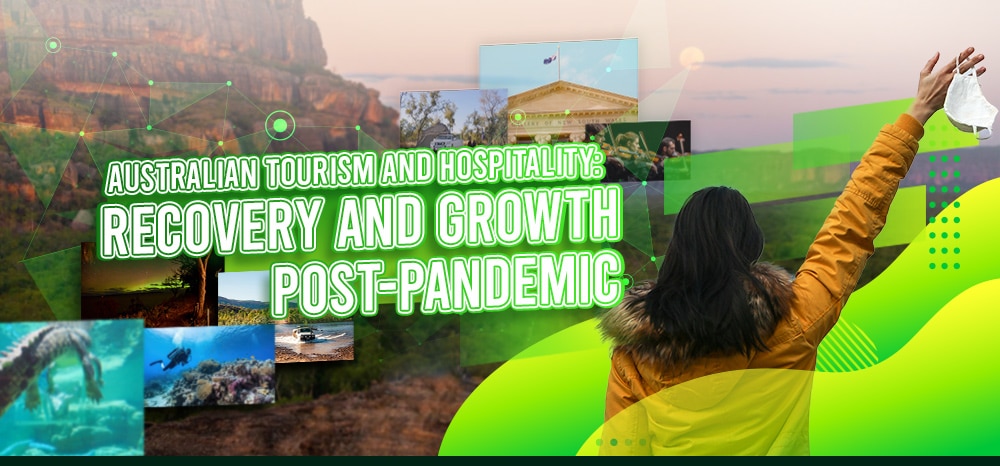Overview of Australia’s Tourism and Hospitality Sector
Australia’s tourism and hospitality sector is crucial to the economy, featuring diverse attractions like the Great Barrier Reef, Uluru, and vibrant cities such as Sydney and Melbourne.
It supports many businesses, including hotels, restaurants, transport, and retail, making it an important contributor to the economy Down Under.
In 2019, it generated around AUD 152 billion, with AUD 45.4 billion from international visitors and AUD 106.5 billion from domestic tourism, making it one of Australia’s most profitable industries.
Additionally, it employed around 666,000 people, making up about 5% of the total workforce.
However, the pandemic severely disrupted the industry, causing significant declines in visitor numbers, revenue, and employment.

The Impact of the Pandemic on Tourism and Hospitality in Australia
Here are the pandemic’s impacts on the tourism and hospitality industry.
Economic Consequences
In 2020, the Australian tourism industry lost about AUD 55 billion, or 3.3% of the country’s GDP, demonstrating a significant economic impact and leading to many businesses closing temporarily or permanently.
Employment Challenges
Due to these closures, Australia’s tourism sector had over 600,000 job losses, highlighting the significant tourism impact and leading to many layoffs.
Those still employed faced employment issues, as their hours were significantly reduced, impacting their earnings.
Industry Adaptations
Australia’s tourism industry had to adapt during these trying times through digital bookings, virtual tours, and rigid health and safety measures.
Moreover, with international travel restrictions, the focus turned inward to promoting local tourism and encouraging Australians to explore their own country.

Strategies for Recovery and Growth
As the pandemic began to lift, the tourism industry implemented different recovery strategies to address various challenges and capitalize on new opportunities.
Government Initiatives and Support
The Australian government allocated roughly AUD 1.2 billion in tourism support packages to aid recovery, which included financial aid for businesses, subsidies for staff wages, funding for marketing campaigns, and other forms of government support.
Additionally, there were grants for regional tourism and infrastructure projects to boost local economies and attract visitors, enhancing industry resilience.
Innovative Business Practices
During these tough times, the tourism industry adapted with new strategies, making significant strides in business innovation in the process.
Booking Systems
During the pandemic, flexible bookings became essential for airlines, tourist attractions, and hotels, presenting options for travelers to change or cancel plans without heavy penalties or hassling steps.
Airlines
To further enhance safety and convenience, airlines leveraged contactless technology such as digital boarding passes and self-service kiosks.
Additionally, automatic machines for health screenings and temperature checks became standard practice to reassure travelers further.
Transportation Services
To support social distancing, transportation services reconfigured seating arrangements and limited passenger numbers.
Moreover, contactless technology, including digital ticketing and payment systems, was widely adopted to reduce physical interactions.
Accommodations
Many hotels also adopted online booking systems with real-time availability and instant confirmation for customer safety and convenience.
They also introduced self-check-in options, letting guests use mobile apps or keyless entry systems to avoid front desk interactions.
Tourist Attractions
Virtual experiences gained popularity, enabling businesses to offer online tours and activities to engage more customers remotely.
For example, The Sydney Opera House started offering virtual tours and live-streamed performances, letting people worldwide experience its architecture and cultural events from afar.
Companies also formed local partnerships to create new packages and promote regional tourism.
Health and Safety Measures
Many health and safety measures were implemented to maintain a safe environment across hotels, transport, and public areas.
Enhanced cleaning protocols and hand hygiene stations were introduced to ensure thorough disinfection and promote frequent hand washing.
Additionally, contactless technology, including digital check-ins and payments, minimised physical contact, while regular health screenings and temperature checks for staff and guests helped prevent the spread of covid-19.
Although the requirement for personal protective equipment (PPE), including masks, was lifted after the pandemic, most of these hygiene protocols and health measures remain in place today.
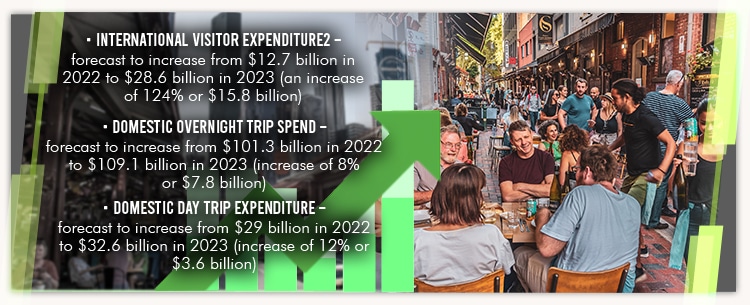
Post-Pandemic Growth in Tourism and Hospitality
International borders reopened in late 2021, paving the way for the gradual return of international tourists.
However, it wasn’t until 2022 that the industry began to see significant recovery.
The implemented strategies led to a notable surge in domestic tourism, with a 30% increase in local travel compared to pre-pandemic levels, based on the State of the Industry Report 2023.
As the pandemic subsided, Australia welcomed 7.3 million international visitors in 2023, nearly doubling the previous year’s figures.
This influx had a substantial economic impact, with international visitor spending reaching $28.6 billion—an impressive 124% increase from 2022.
Each visitor spent an average of around $4,000, benefiting key sectors like accommodations, hospitality, transport, and retail.
Looking ahead, projections by Tourism Research Australia for 2024 estimate 9.3 million visitors, bringing Australia to 98% of pre-pandemic levels, with expectations to surpass these figures in 2025, reaching 10.2 million visitors.
By 2028, Australia aims to attract 12.1 million international visitors.
These figures highlight a strong recovery trajectory and demonstrates the resilience of Australia’s tourism industry, supported by government initiatives and strategic campaigns such as Tourism Australia’s “Come and Say G’day.”
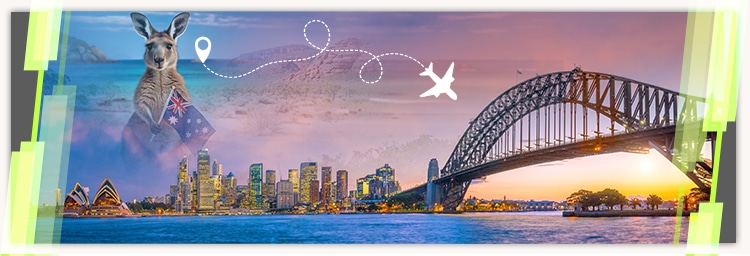
Australia’s Bounce Back Strategy: Diverse and Attractive Tourism Offerings
Australia boasts diverse and attractive tourism offerings.
Visitors can explore stunning beaches, vast landscapes outback, lush rainforests, world-class cultural attractions, and unique wildlife experiences.
Iconic Destinations and Attractions
The country features iconic destinations like the Great Barrier Reef, Uluru, the Sydney Opera House, and the Twelve Apostles.
These landmarks, along with dynamic cities such as Sydney and Melbourne, offer a rich mix of natural beauty, cultural heritage, and unique experiences.
Unique Cultural Experiences
Many travelers can enjoy unique cultural experiences when they visit Australia. Here are some examples.
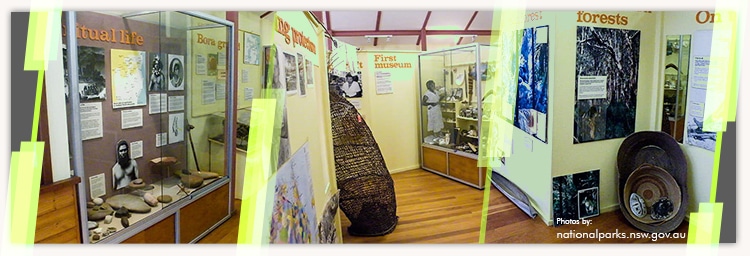
Aboriginal Cultural Tours
Experience the rich traditions, art, and history of Australia’s Indigenous people through guided tours and storytelling.
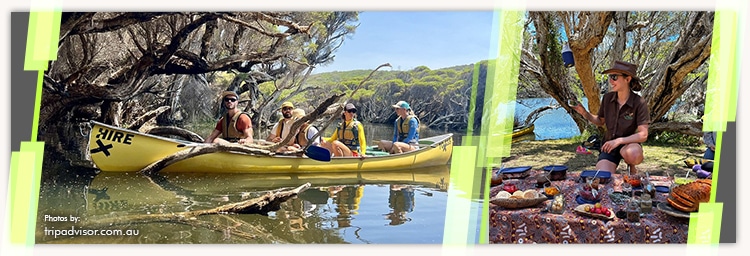
Bush Tucker Tours
Discover traditional Aboriginal food sources and cooking methods on these interactive tours.

Sydney Opera House Performances
Attend world-class performances at this iconic venue, which has long been a symbol of Australian culture.
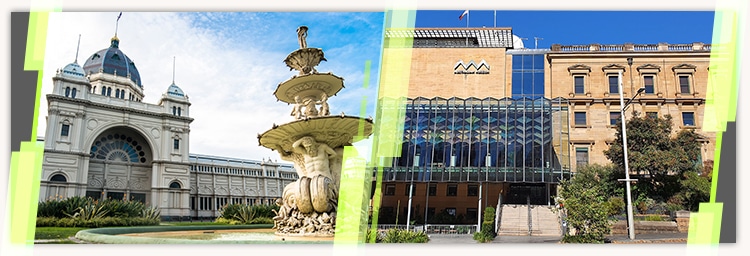
Art Galleries and Museums
Visit institutions like the National Gallery of Victoria and the Australian Museum to explore Australia’s artistic and historical heritage.

Aussie Pub Crawl
Visit traditional Australian pubs, known for their unique atmosphere, local cuisine, and live music.
Adventure and Nature Tourism
Australia offers thrilling experiences and breathtaking landscapes.
From exploring wild outback trails to diving in the Great Barrier Reef, visitors can immerse themselves in the country’s diverse and pristine natural environments.

Outback Adventures
Explore the remote and rugged landscapes of the Australian Outback while learning about the lifestyle and heritage of the people who live there.
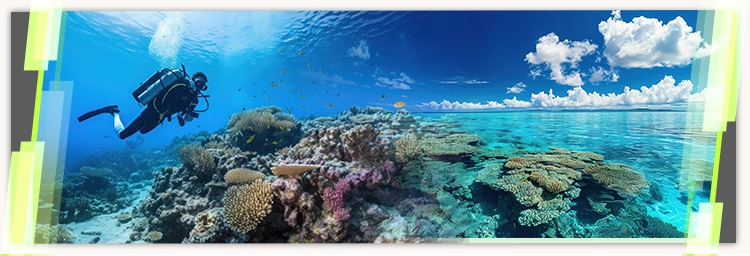
Great Barrier Reef Diving
Dive or snorkel in the world’s largest coral reef system, exploring its vibrant marine life and underwater landscapes.
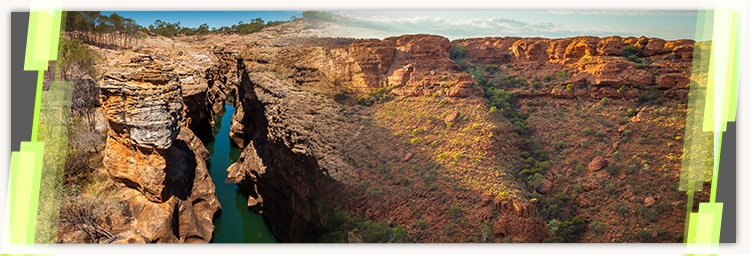
Explore the Kakadu National Park
Experience the diverse ecosystems, wildlife, and Aboriginal rock art of this vast national park in the Northern Territory.

Experience Crocosaurus Cove in Darwin
The Crocosaurus Cove offers a unique adventure where visitors can experience Australia’s iconic saltwater crocodiles up close, including the thrilling Cage of Death, where guests swim in a clear enclosure surrounded by massive crocodiles.

Witness the Southern Lights
Witness the Aurora Australis, or Southern Lights, in Tasmania or Victoria for a spectacular natural light display.
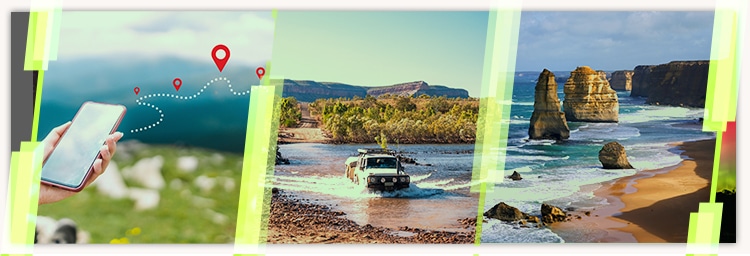
Emerging Trends in the Australian Tourism and Hospitality Industry
The Australian tourism and hospitality industry is rapidly evolving, with new trends emerging to meet changing traveler preferences.
Here are some key trends to watch:
Sustainable Tourism
More and more travelers are looking for eco-friendly options due to a greater awareness of climate change and a desire to support local communities.
In response, businesses are adopting sustainable practices to attract eco-conscious tourists, lower their carbon footprint, and help preserve Australia’s natural and cultural heritage.
Examples include eco-resorts using renewable energy, wildlife conservation tours like those on Kangaroo Island, and community-based tourism that supports local cultures and traditions.
Digital Transformation
Technology is changing how travelers plan, book, and experience their trips.
Innovations like mobile apps, online booking systems, and virtual tours make the process more convenient and efficient.
This shift to digital tools helps businesses meet travelers’ expectations, streamline operations, and offer more customized experiences.
If possible, businesses should further capitalize by integrating advanced technologies to enhance convenience and personalization.
Personalized Travel Experiences
Travelers seek unique tailored experiences that match their preferences and interests, thus cultivating a deeper connection to the destination.
Businesses can ride this trend by creating custom itineraries, offering private tours based on specific themes, and providing accommodations with personalized amenities.
Examples include a curated tour of Melbourne focusing on art galleries and local cuisine or a private wildlife safari in the Outback tailored to interests in birdwatching and Indigenous culture.

Future Prospects and Opportunities
The future of the tourism and hospitality sector looks promising with key trends driving growth.
Alongside the popularity of nature and adventure tourism, sustainable travel is gaining traction, as travelers seek eco-friendly options.
There’s also a rising interest in local travel that supports lesser-known destinations and local economies, with technology enhancing the overall travel experience.
With this, businesses need to consider investment in infrastructure, international collaborations, and market expansion to succeed.
Investment in Infrastructure
Upgrading facilities and developing new infrastructure improves service quality, meets increasing demand, and enhances operational efficiency.
Modern amenities attract more travelers, help companies stay competitive, and prepare them for future challenges and opportunities.
International Collaborations
Partnering with international stakeholders, like global travel agencies or foreign tourism boards, helps companies reach new markets, share resources, and gain valuable expertise.
Market Expansion
By entering new and emerging markets, companies can reach more customers, diversify their income sources, and reduce reliance on one market.
However, with the anticipated surge in demand, some businesses outsource to remote workers because it allows them to scale quickly, access specialized skills, and reduce costs.
Outsourcing helps manage demand efficiently and maintain high service quality without needing significant investment in new infrastructure.
For example, some hire a virtual assistant to handle customer service inquiries and administrative tasks, enabling core staff to focus on strategic activities and customer engagement.
This strategy helps businesses adapt to global travel trends and tap into new opportunities faster, while retaining their competitive edge.
These collaborations create unique cross-border experiences, enhance competitiveness, and attract a diverse range of travelers.
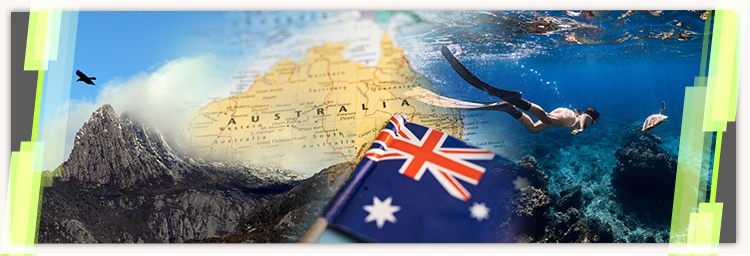
FAQs
Do you have questions about the industry? Here are some frequently asked questions in the tourism and hospitality field:
What role do local communities play in the recovery of tourism?
Local communities keep regional attractions and services appealing to visitors.For example, the Yolŋu people in Arnhem Land play a vital role in preserving and showcasing their cultural heritage through guided tours and art exhibitions, making their community’s offerings more attractive to tourists and supporting the local economy.
So tourism operators work closely with these communities to help preserve their culture for generations to come.
How are tourism operators addressing the need for sustainable and eco-friendly travel options?
Tourism operators are adopting practices like reducing waste, using renewable energy, promoting eco-friendly accommodations, and offering tours that support conservation and local communities.
How are airlines and transportation services adapting to the post-pandemic travel environment?
Airlines and transportation services have made major changes to post-pandemic travel.
Airlines’ adaptation includes improving safety measures, offering flexible booking options, and using contactless technologies.
Looking ahead, the tourism and hospitality sector is recovering and could exceed pre-pandemic figures by embracing new trends and opportunities.
Some are even experiencing great demand from both local and international clients.
To accommodate this, many businesses are outsourcing tasks to scale quickly and accommodate the demand while maintaining service quality.
You can partner with reputable companies like Remote Staff to access skilled online workers for your business needs.
From virtual receptionists to customer service representatives, Remote Staff offers skilled professionals to help you scale your tourism business as you strive to uphold the highest standards.
Call us or schedule a callback to find yours today!
Leandro is a content creator and digital nomad who started his career as a remote working content writer. He is an advocate of location independent sources of income. And he believes that everyone has the ability to be one as well. If you have any content requests and suggestions, feel free to email him at leandro@remotestaff.com.

